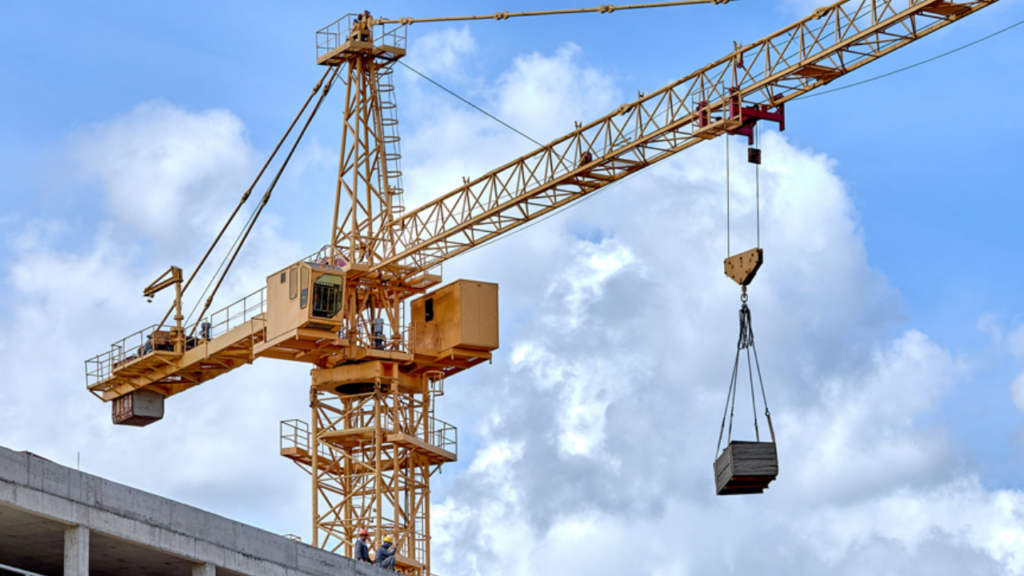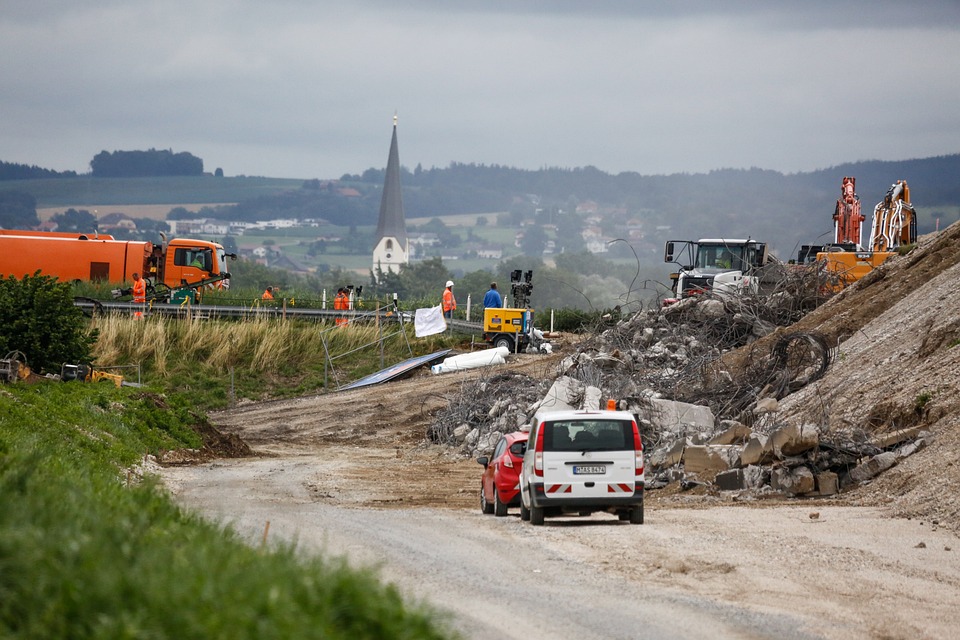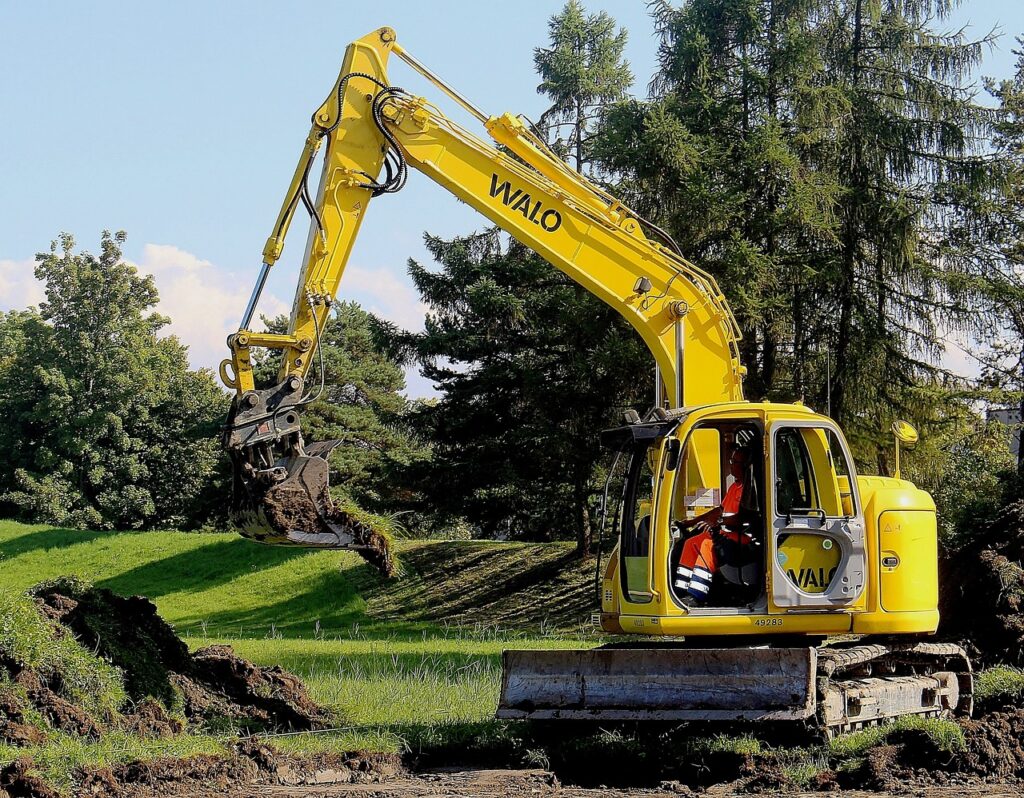What is a Tower Crane?

A tower crane is a type of fixed crane that is mounted on a tall, vertical mast or tower. It is primarily used in the construction industry for lifting and moving heavy materials such as steel beams, concrete, large tools, and construction components. Tower cranes are designed to lift loads to great heights and move them horizontally over large distances, making them essential for the construction of tall buildings, bridges, and other large structures.
Key Components of a Tower Crane:
Base
Mast
Slewing Unit
Jib (or Boom)
Counter Jib
Hoist and Hook
Operator’s Cabin
Trolley
Counterweights
Control Systems
Functional Role of a Tower Crane:
Lifting Heavy Loads
Capable of lifting substantial weights, ranging from a few tons to over 20 tons.
Reaching Great Heights
Designed to reach considerable heights, making them ideal for constructing tall buildings.
Horizontal Movement
Allows precise horizontal positioning of loads across large areas.
Stability
Provides stable operation even when lifting heavy loads to great heights.
Precision
Offers precise control over the placement of loads, essential for accurate assembly of building components.
Efficiency
Enhances the efficiency of construction projects by facilitating the rapid and safe movement of materials.
Safety
Equipped with advanced safety features such as load moment indicators and anti-collision systems to ensure safe operation.
Versatility
Adaptable to various construction tasks due to their extensive reach and lifting capabilities.
Operator Control
Enables crane operators to have clear visibility and control over lifting operations from the cabin.
Time and Labor Saving
Reduces the time and manual labor required for lifting and transporting materials, accelerating project timelines.


